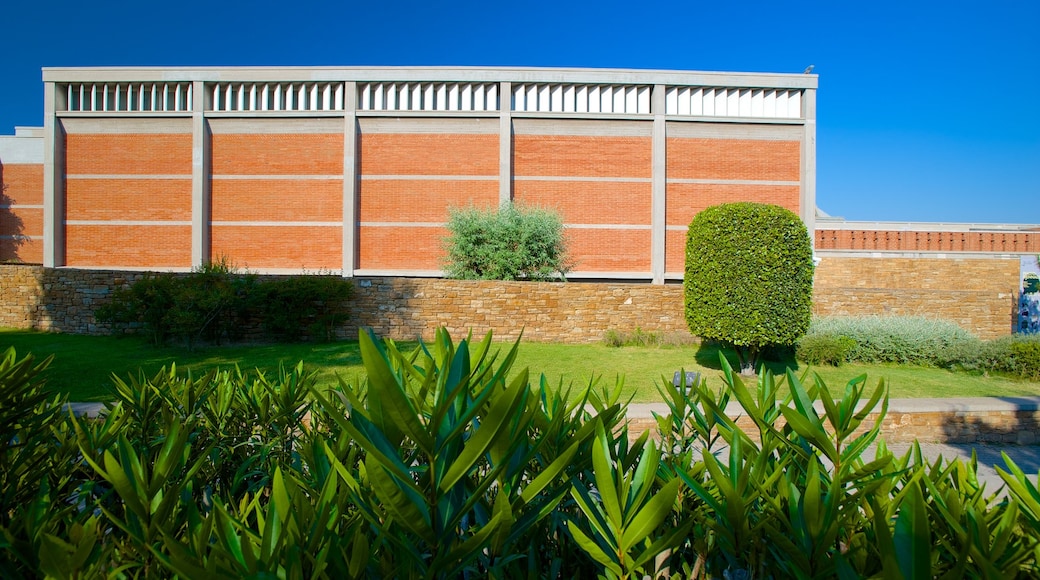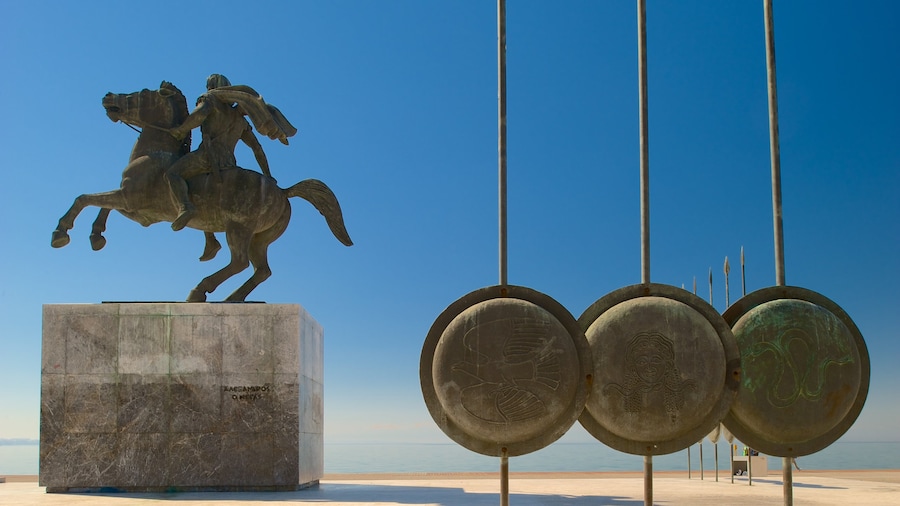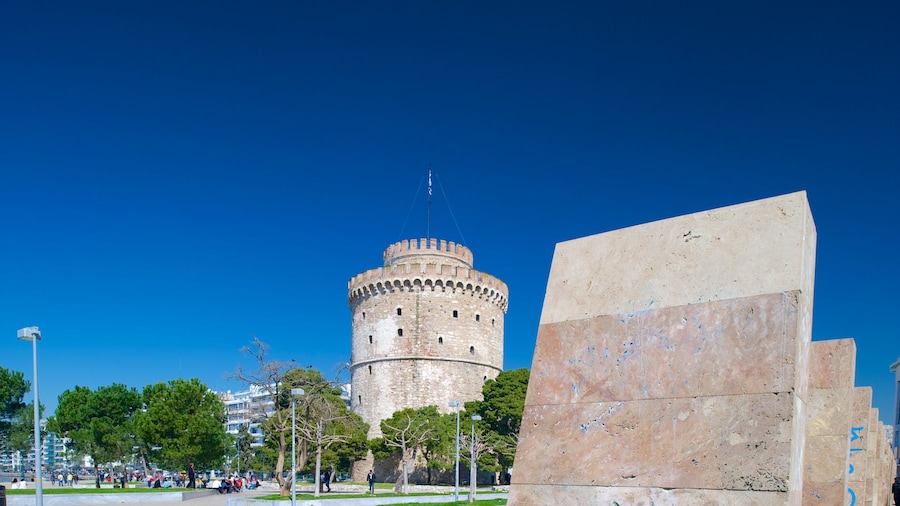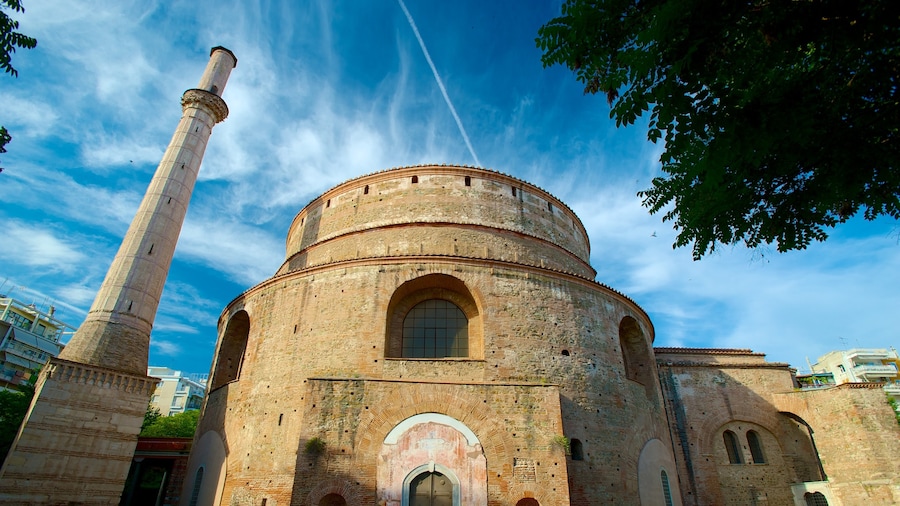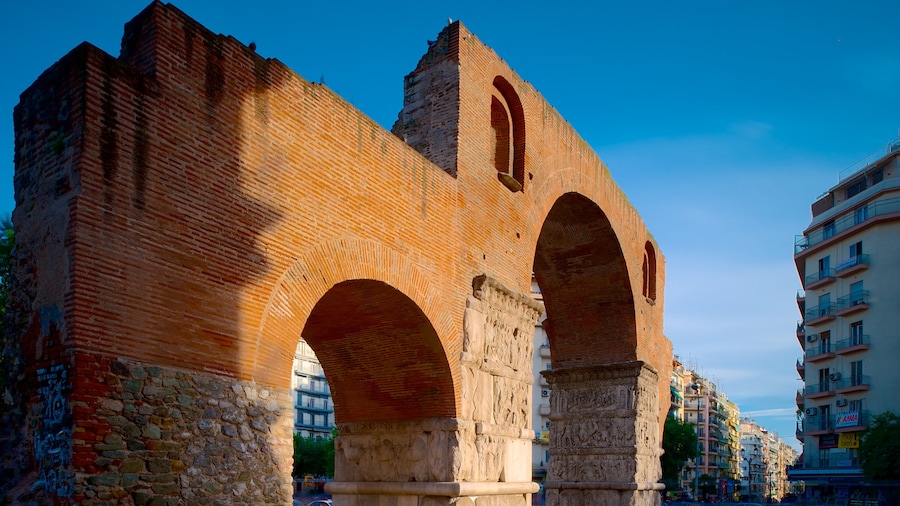Home to one of the country’s finest collections of Byzantine art, this museum presents an overview of a significant period in Thessaloniki’s history.
The Museum of Byzantine Culture houses more than 2,900 artifacts from Greece’s Byzantine period, which spanned over a thousand years from the 3rd century. Many of the ancient pieces in the museum’s collection were discovered here in Thessaloniki, one of the centers of the Byzantine Empire.
Before you head inside, admire the exterior of the museum. Opened in 1994, the building was designed by leading architect Kyriakos Krokos. Considered to be one of the country’s most beautiful works of public architecture, the museum has been declared a national historical monument.
The museum’s permanent collection is organised into 11 rooms, which are arranged both chronologically and by theme. Begin in the first room, which is dedicated to early Christian churches. Here you’ll find a number of religious mosaics, paintings and sculptures.
As you continue through the museum’s rooms, you’ll see everything from utensils and coins to frescos and icons of saints. Take your time and appreciate the multimedia displays, informative texts and other visual materials that accompany these exhibits. You’ll see that the museum’s goal is not only to exhibit relics of the Byzantine Empire, but also to create a comprehensive picture of life and culture during this period.
The last gallery hosts a fascinating exhibit dedicated to the museum itself. This area explains how the museum operates and how newly excavated relics become exhibits. The museum regularly hosts temporary exhibits and events, so be sure to find out what’s on during your visit.
The museum’s café and restaurant offers light meals, snacks and drinks. With seating in a lovely outdoor area, it’s an ideal place to stop for a break after checking out the exhibits.
The Museum of Byzantine Culture is open year-round. There is a small admission fee. Purchase a joint ticket with the Archaeological Museum of Thessaloniki for a discounted price. There is no admission fee for seniors, students and children under 19. Admission is free for all visitors on national holidays.




